Trying to figure out which essential oils are high quality can be really confusing. Especially if you are a new essential oil user.
Here are a few tips that can help you better understand how to choose and purchase the highest quality essential oils.
But before we dive in, let’s learn a little more about essential oils and why quality matters.
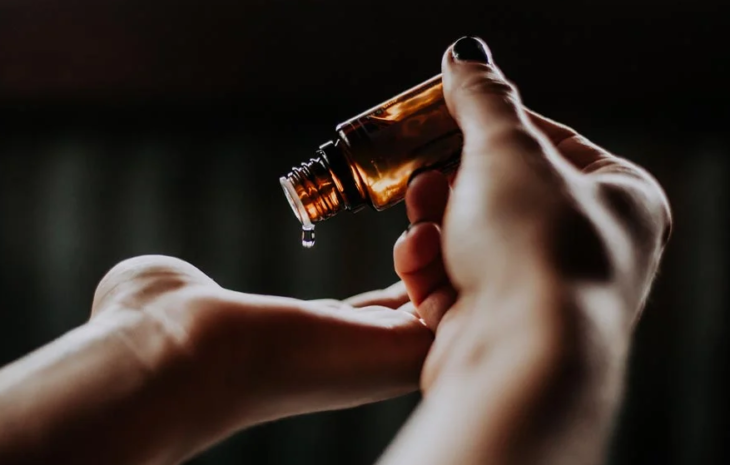
Source: burnbootcamp.com
Contents
What are essential oils?
Essential oils are liquid aromatic extracts that are distilled from aromatic plants. Think of plants like peppermint, basil, rose, lavender and rosemary. These kinds of plants are very aromatic and in order to capture their aroma, and use their scent to benefit our health and wellbeing we use a process called steam distillation to draw out the “invisible” aroma and transform it into a liquid extract – which is called an essential oil.
These liquid extracts are very concentrated. In fact it can take upward of 100 lbs of plant material to yield just 4 to 8 ounces of essential oil! So this tells us that essential oils are highly concentrated and should be used mindfully.
A pure high quality essential oil is composed of only the unique and special molecules that are produced during the distillation process. Nothing has been added or taken away. The resulting essential oil is therefore 100% genuine and authentic.
However the steam distillation process is both time consuming and labor intensive. Imagine all the hard work having to harvest all the leaves or flowers, collecting them in large bins, and then distilling them. The entire process can take up a couple of days!
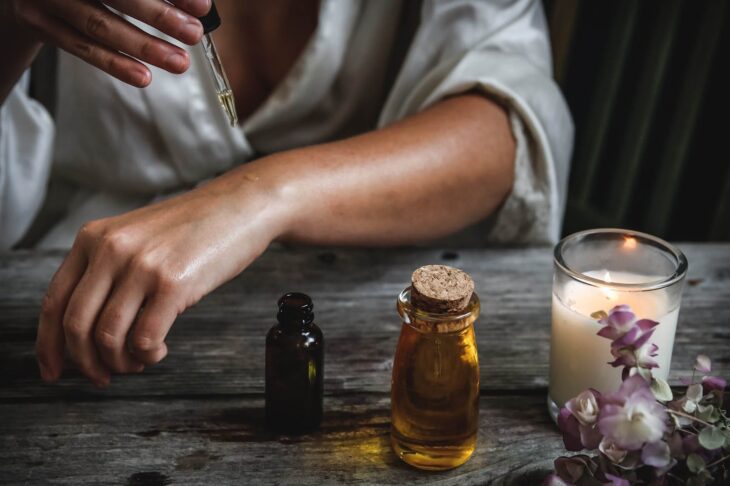
Source: naturalislondon
When quality is compromised
And sometimes, in order to meet market demand, some dishonest farmers and producers choose to adulterate their current batches or manipulate the chemistry of the oils.
This kind of adulteration includes adding extra aromatic molecules (this sometimes includes natural ones but more often they add synthetic ones), to the essential oils to either stretch it out, (turning 1 kilo into 3 kilos, for example), or to “improve” the aroma of the oil.
When this happens the aromatic and therapeutic properties of the essential oil becomes compromised, meaning that its beneficial effects on our minds and bodies are diminished and may potentially even cause adverse reactions, like allergies and irritation.
Genuine essential oils are made of an amazing synergy of hundreds of different molecules that the plants naturally manufacture to benefit its health and wellbeing. When we extract these molecules from the plant during steam distillation, we are essentially capturing these dynamic compounds, bottling them – and using them in the same ways that plants use them.
For example, plants naturally manufacture molecules that strengthen the plant’s immune system, keeping it resilient against threatening microorganisms that could potentially make the plant sick. We can use the essential oil from the plant for the same purpose!
But when the essential oil is chemically manipulated, and foreigh molecules are blended in, or other molecules are manipulated, suddenly the power and effectiveness of the unique synergy of molecules that exists naturally in the essential oil and contribute to the oil’s therapeutic actions and personality – is dismantled. And the resulting therapeutic effects are disabled.
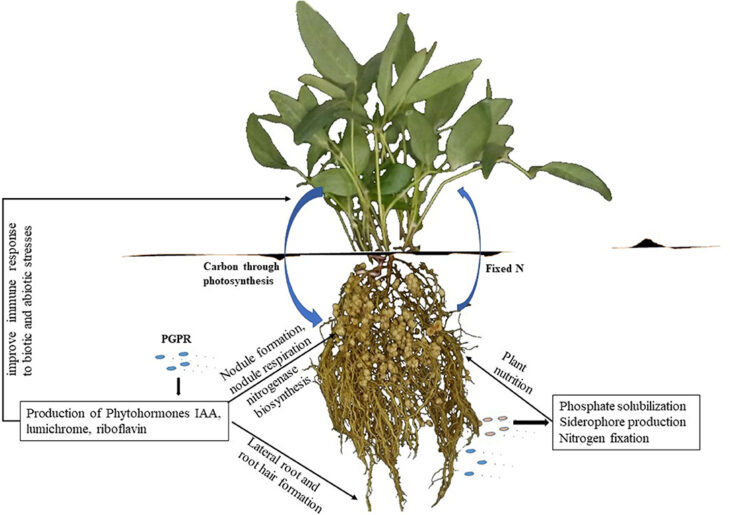
Source: frontiersin.org
How can you tell if your essential oil has been adulterated?
To be honest, it’s virtually impossible for those of us not trained as chemists. It’s really hard to detect these chemical manipulations without the guidance from trusted educators, industry leaders, and chemists with unbiased testing facilities.
That’s why it’s so important to align yourself with a brand, like Cliganic, that not only stands up for purity and authenticity from seed to bottle, but also commits to educating others about the amazing properties of essential oils.
Here are 5 tips to help you select the highest quality essential oils.
1. Read the Label! Make sure the following information is clearly printed on the label, product description or marketing materials:
- The plant’s botanical name. Example, Lavender: it’s botanical name is Lavandula angustifolia. This is true lavender!
- Method of extraction: Make sure the essential oil is steam distilled! Only genuine essential oils are steam distilled. Any other form of extraction, like solvent or CO2, does not produce essential oils!
- There is one exception: All essential oils that come from citrus fruits, like Lemon, Grapefruit, Sweet Orange should be labeled as being “Cold Expressed” – that is the proper and authentic way to extract citrus oils.
- Plant Part: Make sure the plant part is indicated on the bottle. Meaning, peppermint essential oil should be extracted from the leaves, frankincense essential oil should be extracted from the resin. It’s important to know what part of the plant the essential oil comes from.
- Growing or Farming Method: Make sure the growing method is either certified organic, by either the USDA or Ecocert, or other similar agencies. This ensures no pesticides and other unsustainable farming practices are used.
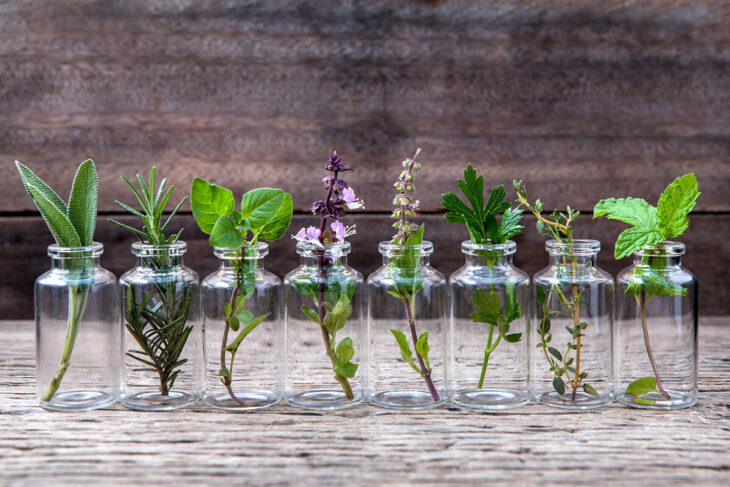
2. Smell the Oil! Our noses are great indicators of what is authentic.
- Try this: Purchase a pure USDA organic essential oil and compare the aroma to an essential oil, from another company, that doesn’t tell you: how the essential oil was extracted, the botanical name of the plant, or what plant part the oil comes from.
- Pay attention to the differences in the aromas of each and take note. After a few practice sniffs, you’ll soon be able to notice the difference between a pure essential oil and one that is synthetic.
3. Transparency: Make sure the company that you purchase the oil from has had their essential oils GCMS tested by a third party chemist and can share results if asked.
- A GCMS stands for: Gas Chromatography and Mass Spectrometry, and this test reveals the different molecules that make up the oil.
4. Touch the essential oil! This is a simple way you can immediately suspect if the essential oil has been blended down with a different substance.
- Drop one drop of an essential oil in the palm of one hand and dip your index finger from your other hand into it and then rub your index finger and thumb together. As you are doing this, take note of how the essential oil feels. You should notice immediately that the oil feels light, non-greasy and seems to evaporate more easily.
- Next, drop one drop of a carrier oil into the other palm, and repeat the same finger to thumb exercise. Notice how much more slippery and greasy the carrier oil feels. If the essential oil you purchased feels more like a carrier oil, is slow to absorb and evaporate and leaves an oily, greasy residue, there is a chance it may have been adulterated.
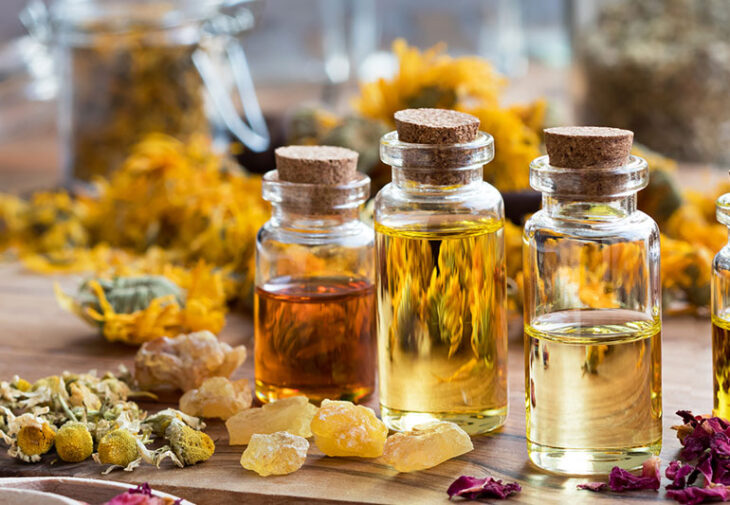
Source: thetrendspotter.net
5. Test how the essential oil dissolves.
- Take a glass of water and a little glass of oil, any oil will do!
- Add a drop of essential oil to each.
- Watch how the essential oil dissolves easily in the oil, but floats on top of the water.
- If the essential oil you have purchased dissolves in water OR does not dissolve in the oil — something is wrong with it!
The quality of essential oils is really important, and the easiest way to ensure that what you are using is clean, pure, authentic and genuine is to purchase directly, that aligns with those values!
